Injuries
Author:
Unlock your full potential by engaging with our experts and community! Have questions about your fitness journey or looking for expert advice on weightlifting techniques? Don’t hesitate — leave a comment below and Sergii Putsov will provide a personalized answer and insights to help you reach your goals.
Torokhtiy is reader-supported. Some links are affiliate links, and we may earn a commission at no extra cost to you. See our disclosure page for details.
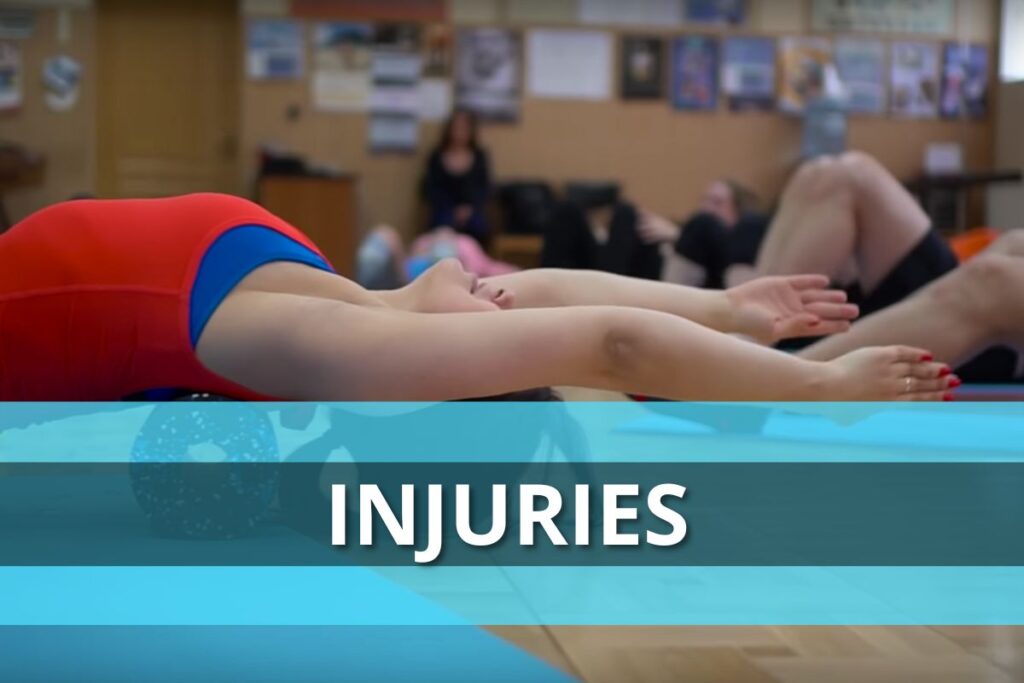
Injuries in sports are almost inevitable, and we need to learn to do everything to avoid them and to deal with them correctly in order not to aggravate this condition. Read about the causes and prevention of injuries in this article.
I’m not sure, but perhaps it will upset someone or even stop them from training, but the fact is that SPORT is such a type of activity in which there is an increased risk of injuries and pathological conditions, as well as various occupational diseases. This absolutely does not mean that all athletes are always injured, it rather means that the training process itself is a very complex and highly organized system that is not so easy to learn, understand and adapt for each athlete individually.
What is an injury?
Injury (from old Greek Τραῦμα “wound”) – damage, which is understood as a violation of the human body organs and tissues anatomical integrity or physiological functions that occurs as a result of external exposure.
Follow us!

Free!
Get a 2-week Weightlifting Program as a bonus for the subscription to kickstart your training plan!

Free!
You may like it:
- Detailed Olympic Weightlifting Program For Beginners
- 12-Week Weightlifting Program For Women (Detailed Example)
- Create Your Olympic Weightlifting Program (Examples Included)
It is worth noting that according to many authors, the musculoskeletal system injuries occupy more than 60% of all diseases that happen to athletes.
The biggest myth about injuries that I’ve heard pretty often from both amateur athletes and also professional ones and even coaches: the injury happens for no reason, completely accidentally and simple as that. But in most cases, the occurrence of injury is preceded by a number of causes, events or conditions.
Summarizing, the main causes of injuries are:
- Genetic and congenital peculiarities that can occur with heavy loads;
- Training methodology violation, which can lead to disruption of the individual adaptation mechanisms;
- Premature intensification and acceleration of training and competitive loads at an early age;
- Forced and irrational stimulation of performance, which in the end can reduce the athlete’s immune system;
- Non-systemic use of restorative means in the process of individual preparation.
- Use of low-quality inventory and equipment.
- Technical errors when doing exercises.
One of the main causes of injuries is chronic fatigue syndrome, which occurs as a result of performing exorbitant loads, an irrational training program, as well as training in a painful state or in a state of incomplete recovery. Another problem lies in the fact that many trainers do not know and/or do not want to see symptoms of overtraining. Constant muscles, ligaments and joints soreness, impaired sleep and appetite, decreased concentration and coordination levels – all these are alarming signals indicating that the athlete’s functional systems are not in order.
Please note that I am not implying that high loads are unacceptable, I would say that on the contrary, they are necessary and inevitable if our task is to show the highest result. But the cycle of huge loads must necessarily alternate with the cycle of recovery and relaxation.
What is the danger of overwork for the musculoskeletal system? It leads to degenerative changes in the muscles, ligaments and joints. As a result of repeated and chronic trauma, blood circulation is disturbed in these areas. This greatly violates the elasticity and strength of the tissues.
I would call chronic fatigue – the primary trauma of the whole organism as a whole. An experienced physiotherapist and rehabilitation therapist can even diagnose the state of fatigue by the athlete´s posture.
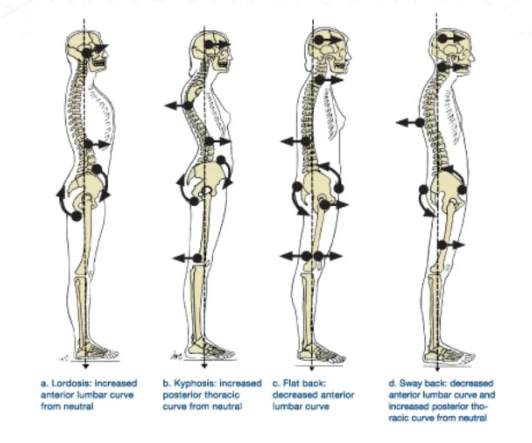
Now think: if a person cannot control one´s body in a standing position as a result of overtraining, then what kind of heavy loads can be discussed?
Modern sports science considers human anatomy as an integral and functional structure: bones, ligaments, muscles, nerves are interconnected through fascial tissue. Thanks to the three layers of fascia: superficial, deep and visceral, super-precise interaction of all parts of the musculoskeletal system occurs. And if a problem arises in the shoulder joint, this will affect the condition of the lower back, knee joints and the muscles surrounding them, which are forced to compensate for the problem with the shoulder.
Work with fascia is an important part of the training process, which affects the mobility improvement, recovery speed and overall performance.
When I was an active athlete (yes, I am ashamed to admit it, BUT), I saw rolls and balls at international competitions only among athletes from other teams, and I did not understand what they were for and why before and after training they rode on all these fixtures. The only thing we did was stretch before and after training, although no one taught us how to do this correctly. I am not very pleased to talk about this, but in our country this part of the training process for many coaches remains a mystery.
Only after some time I learned that there is myofascial relaxation, fascial stretching and fascial training and that there are separate specialists in these areas.
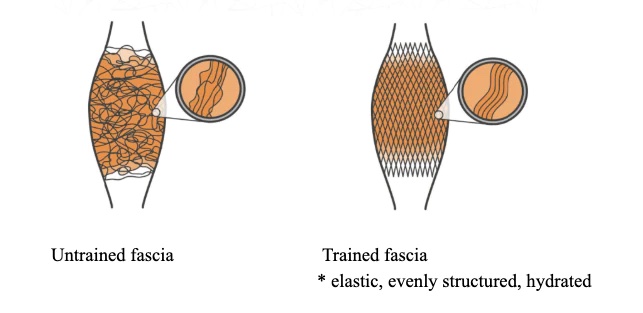
Recovery should take a significant amount of time in the training process. Recovery is not just lying on the couch – it is part of the workout and it is an active process.
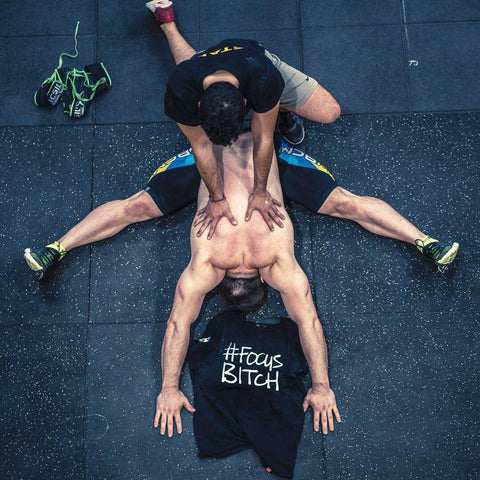
Of course, working with fascia does not solve all the problems, but a fairly large number of important points improves:
- mobility improves;
- muscle tone is reduced;
- sensitivity of receptors increases;
- blood circulation is stimulated;
- there is energy saving.
Thus, since injuries in sports are almost inevitable, we need to learn to do everything to avoid them and to deal with them correctly so as not to aggravate this condition.
I believe that recovery should be given as much attention as speed-strength training. Here I’m not only talking about training at the gym, I mean sleep, nutrition and daily routine. Paying attention to how you feel and end up not training is also a right decision, which can save you from injury and subsequently improve the result.
Train together – train right!
You might be interested in:
Why Trust Us?
With over 20 years in Olympic weightlifting, strength training, nutrition coaching, and general fitness our team does its best to provide the audience with ultimate support and meet the needs and requirements of advanced athletes and professional lifters, as well as people who strive to open new opportunities and develop their physical capabilities with us.
By trusting the recommendations of our certified experts in coaching, nutrition, and sports training programming, as well as scientific consultants, and physiotherapists, we provide you with thorough, well-considered, and scientifically proven content. All the information given in the articles concerning workout programming, separate exercises, and athletic performance, in general, is based on verified data.
The product testing process is described in more detail here.
Author: Sergii Putsov
Head of Sport Science, PhD
Best Results: Snatch – 165 kg,
C&J – 200 kg
Sergii Putsov, Ph.D., is a former professional weightlifter and National team member, achieving multiple medals in the 94 kg weight category at national competitions. With a Master’s degree in “Olympic & Professional Sport Training” and a Sport Science Ph.D. from the International Olympic Academy, Greece, Sergii now leads as the Head of Sport Science. He specializes in designing training programs, writing insightful blog articles, providing live commentary at international weightlifting events, and conducting educational seminars worldwide alongside Olympic weightlifting expert Oleksiy Torokhtiy.



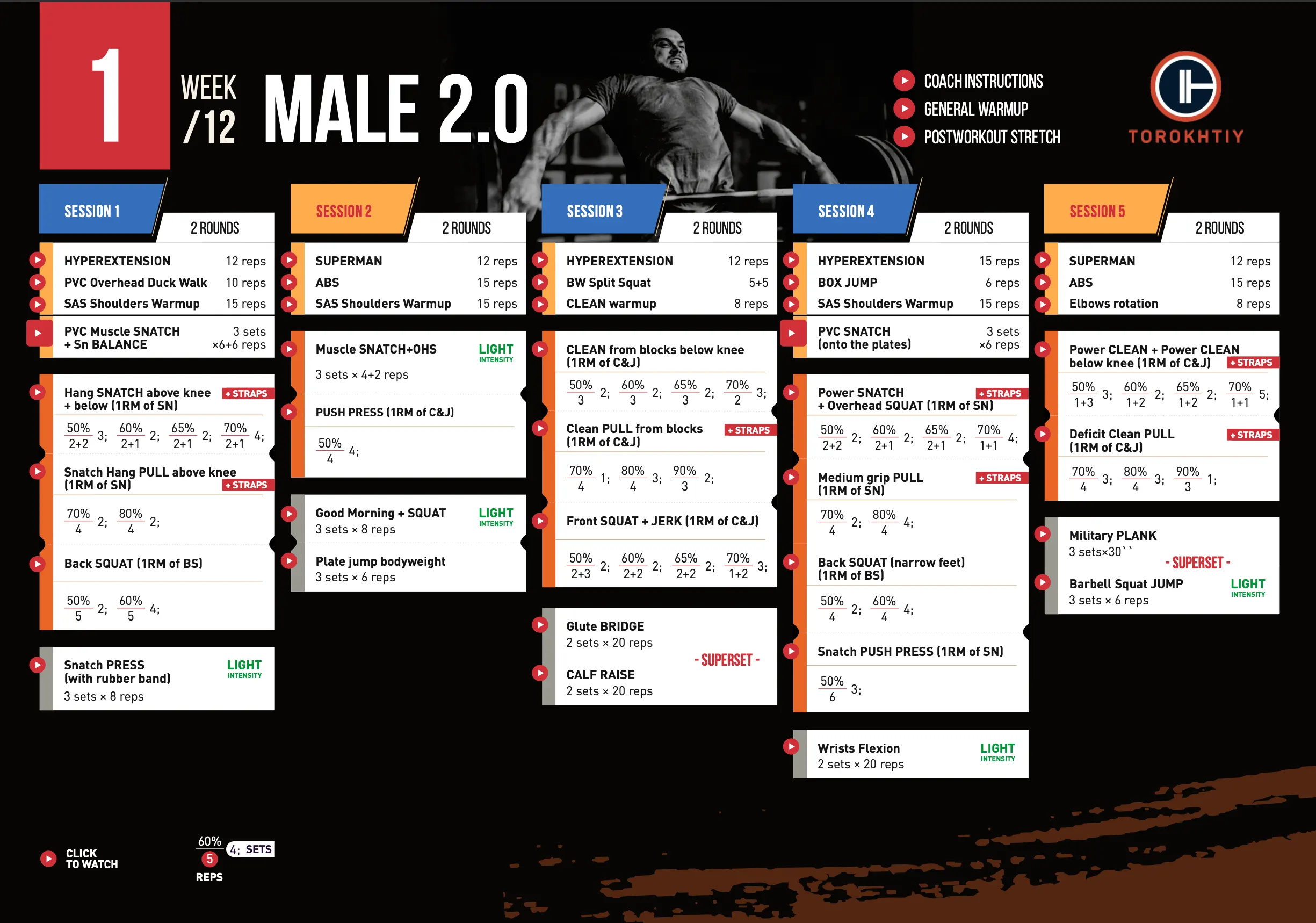
Still have questions after reading our article? Unlock your full potential by engaging with our experts and community! Don’t hesitate — leave a comment below and Sergii Putsov will provide a personalized answer and insights to help you reach your goals.